Results 1,071 to 1,080 of 12095
Thread: Anandtech News
-
10-20-11, 08:10 AM #1071
Anandtech: OCZ's Octane SSD: Indilinx Everest, Up to 1TB in a Consumer Drive
In March, OCZ signed a definitive agreement to acquire Indilinx, the SSD controller company that pretty much dominated the value segment in 2009 before Intel got aggressive on pricing and SandForce took over the high-end. Indilinx was late on releasing its 6Gbps SSD controller prior to the acquisition and had all but fallen off the radar as most of its partners jumped ship to SandForce. OCZ scooped up the company with hopes of developing its own controllers and rising above the memory-manufacturer-turned-SSD-player crowd.
SandForce has obviously extended its reach since OCZ announced its intentions, partnering with many of OCZ's competitors in an attempt to expand its reach as well as lessen dependence on OCZ. As a customer turned competitor, SF like many of us knew that an OCZ SSD boasting a new Indilinx controller was in the works. Today we have the first details on that solution and it's called Octane.
Based on the Indilinx Everest controller, OCZ is touting incompressible data and sustained write performance as the two major strengths of Octane - obviously a jab SandForce and traditional SSD weaknesses. The controller is paired up with up to a 512MB DRAM cache, indicating that it is taking the more traditional route of storing both user data as well as page mapping tables in DRAM. There's no mention of power protection circuitry to flush the cache contents to NAND in the event of a power failure, but given the target market for these drives I don't suppose we'll see such a feature.
The Octane will be available in two discrete versions: one with 6Gbps SATA support and one limited to 3Gbps (SATA 3.0 and 2.0, respectively). The 6Gbps version will ship with 25nm IMFT synchronous NAND, while the 3Gbps version will use 25nm IMFT async NAND similar to the Vertex 3/Agility 3 divide today. Sequential read/write speeds are competitive at 560/400 MBps, while 4KB random read/write speeds are quoted at 45K/25K.
Capacities start at 128GB and will go all the way up to 1TB. OCZ is expecting pricing to fall somewhere within the $1.10 - $1.30 per GB range, which would put a 128GB drive at no more than $166 (in line with current Vertex 2 pricing) and a 1TB drive at just over $1300. Spare area is set at the standard ~7% you get from the GiB to GB conversion. No word on whether or not there's any additional NAND set aside for redundancy.
The Everest controller features 8 NAND channels and up to 16-way interleaving. With 25nm NAND that means peak performance should be achievable with the 128GB model, with the larger drives just offering higher capacity and no additional performance. TRIM is of course supported. OCZ indicates support for both standard wear leveling and background garbage collection (presumably at idle time).
The first Octane drives will be available in the channel starting November 1st. I've already dispatched a huge list of questions to OCZ about the controller and the drive's architecture so I'll update this post as I get any new information. And of course, once we get a review sample I'll begin extensive testing.
Gallery: OCZ's Octane SSD: Indilinx Everest, Up to 1TB in a Consumer Drive





More...
-
10-20-11, 08:51 AM #1072
Anandtech: AMD Working on Bulldozer B3 Stepping
AMD released their highly anticipated Bulldozer CPUs last week (our review). The reception was not very warm, and a common thought was that Bulldozer didn't perform as well as expected. Especially in single-threaded tests, Intel was still miles ahead, and even in multithreaded tests AMD wasn't a clear winner.
The initial CPUs use B2 stepping, but an AMD BIOS and kernel document already shows reference to unreleased B3 stepping. A stepping update should bring improvements (usually minor) to performance and power consumption, as well as possible bug fixes. Stepping updates are a normal way to provide small upgrades inbetween bigger ones, such as die shrinks and microarchitecrure changes. While B3 stepping may help Bulldozer a little bit, it's very unlikely that a stepping update would provide huge benefits and thus make Bulldozer significantly better than Intel's equivalent CPUs - so waiting for this update is not exactly a good idea.
No timeframe for the update is known but if the past has any meaning, it won't be anytime soon. For example C3 stepping came about 9 months after the original release of Phenom II X4 with C2 stepping.
Source: AMD (page 27)
More...
-
10-20-11, 12:30 PM #1073
Anandtech: Nokia Will Unveil Windows 7 Phones Next Week
Nokia will be revealing its first Windows 7 phones next week at its Nokia World 2011 event, Microsoft's Andy Lees revealed in an interview at AllThingsD's AsiaD conference. These phones will be the first products to come from the Microsoft-Nokia partnership that was announced earlier this year.
According to the report, Nokia will show off several new phones, all running the new "Mango" version of Windows Phone 7. The Nokia 800, pictured above, is expected to be one of them - several leaks have already given the tech press a pretty good look at this phone, which sports a slim design and multiple colors.
Microsoft is betting that these new phones will help it compete better againt iOS and Android handsets, while Nokia is hoping that they'll help reverse declining in sales: the company is so optimistic that it announced it would no longer be selling Symbian or feature phones in the United States by the time its Windows phones came to market.
Source: Engadget
More...
-
10-20-11, 03:40 PM #1074
Anandtech: Google to Release Ice Cream Sandwich Source Code Soon
Reiterating what the company has been saying about Android 4.0, Google's Dan Morrill said today that the Ice Cream Sandwich source code would be made available to the general public "soon," after the software begins appearing on new and existing Android devices.
The source code for Android 3.0 was never made available - Google's official reasoning for this is that it didn't want the tablet-oriented Honeycomb code running on smaller screens, though others have suggested (as we noted in our review of the Xoom) that Honeycomb seemed to be a bit rushed at the time of release. Most of the focus on Ice Cream Sandwich so far has concerned what it will do for phones, but for tablets it's likely to represent an iteration of Honeycomb with more polish and fewer rough edges.
The lack of Honeycomb source code has been criticized by the open source community, which often takes advantage of Android's "openness" relative to iOS or Windows Phone 7 to develop custom Android distributions for all kinds of devices, including some (like the HP TouchPad) for which it was never really intended. Once its source code is released, Ice Cream Sandwich should give these developers a more modern and robust platform to start from.
Source: Ars Technica
More...
-
10-21-11, 12:20 AM #1075
Anandtech: iBuyPower Professional Series: Reversal of Fortune
When it comes to buying a pre-built desktop for the average consumer or gamer, about the only thing the big box manufacturers really have going for them is price. That hasn't stopped them from doing very well, but oftentimes the end user will be better off going to a boutique like iBuyPower for their desktop and enjoying the generally superior build and component quality along with better customer service.
But for small business and enterprise, it can be a whole different ball game, where powerhouses like Dell and HP produce uniquely designed configurations meant for mass deployment...and have the resources to greatly improve support, to boot. We've seen business class machines from both vendors before, but today we have on hand iBuyPower's Professional Series desktop. Can a smaller boutique outfox the big boys?
More...
-
10-21-11, 01:50 AM #1076
Anandtech: Confirmed: Galaxy Nexus Includes PenTile
Though we've learned a lot about the Galaxy Nexus specifications already, one of the things that has remained a question thus far is whether its 4.65" 720p HD Super AMOLED display uses an RGB subpixel rendering layout or PenTile. We've now confirmed that the Galaxy Nexus display does in fact use RGBG PenTile, like all the Nexus devices to date. This isn't super surprising considering that Samsung has been pretty good about adhering to all the monikers it has gradually been tacking onto AMOLED. There are a number so far - 'super' connotes an optically bonded panel and digitizer stack, 'plus' connotes an RGB stripe, and now 'HD' connotes, well, 720p. HD Super AMOLED lacks Plus, and thus isn't an RGB stripe.
The next question is just what 4.65" HD Super AMOLED will look like, or whether the presence of PenTile will be as noticeable as previous AMOLED phones like the Nexus S / Galaxy S or Nexus One where it was arguably very noticeable. That said, at some subpixel density it should become difficult to impossible to notice PenTile's presence, it's just a matter of exceeding human visual acuity. Having not seen the Galaxy Nexus in person yet and given the absence of good macro shots of the display, we have put together a numerical comparison pitting the Galaxy Nexus panel up against some other common smartphone displays.
First up is a quick plot of the effective pixel density of some popular displays. Stated another way, this is the pixel density based on the manufacturer's stated logical resolution, which is also the resolution of Android's render target for the phone.
Note that this is the traditional means of reporting pixels per inch that we've published before. However, using this metric is just a bit misleading since it doesn't take into account the difference between 2 subpixel-per-pixel RGBG or RBGW PenTile versus the 3 subpixel-per-pixel RGB stripe. To make for an effective comparison, we've put together another plot where we take into account the presence of PenTile and report subpixel density.Here things still look pretty good for the 4.65" HD Super AMOLED display, putting it just north of SGS2's Supe AMOLED Plus display with an RGB stripe. I wager that if you were satisfied with the pixel density of SGS2 that the pixel density Galaxy Nexus actually won't be off-putting despite the presence of PenTile. In addition, hopefully some of the UI design considerations that come along with using PenTile (no vertical 1 pixel thick elements) have been taken into consideration from the outset for Ice Cream Sandwich. For true subjective impressions however, we'll have to wait and see.Source: Data
More...
-
10-21-11, 01:10 PM #1077
Anandtech: Samsung Bringing Galaxy Tab 7.0 Plus To US: Exynos In A Tablet For $399
Samsung hasn't been shy about pumping out Android tablets abroad, and so far we've seen them trickling our way steadily but surely. And so, today Samsung announced that the Galaxy Tab 7.0 Plus will be joining the Galaxy Tab 8.9 and 10.1 in their US Honeycomb line-up. This marks the first Exynos tablet we'll be seeing, giving us a chance to truly compare Honeycomb performance across all the chipset vendors for the first time. We're confirming with Samsung that all the specs will remain the same as the international version released recently, and if they do we'll be looking at a 1024 x 768 7" IPS LCD screen running TouchWiz UX over Android 3.2 and with that 1.2 GHz Exynos SoC we've loved on the Galaxy S 2, backed by 1 GB of RAM. The slate features 3MP rear-facing and 2MP front-facing cameras, along with (hopefully) a microSD slot.
_575px.jpg) In an effort to position this slate as a home theater companion, as Sony has done with it's Tablet S line, Samsung is including an IR blaster and Peel software to provide complete home theater control (a la Logitech Harmony) along side content discovery tailored to the users interests. If you've tried out Peel's wares before we'd love to hear what you think. Certainly integrating the hardware and software helps keep the tablet's $399 price competitive, in a market where 7" tablets are hitting much lower price points. That said, Exynos, with its Mali-400 GPU, makes the Galaxy Tab 7.0 Plus quite enticing without Peel. You'll find it at Best Buy, Tiger Direct, Amazon and Fry's nationwide on November 13th.
In an effort to position this slate as a home theater companion, as Sony has done with it's Tablet S line, Samsung is including an IR blaster and Peel software to provide complete home theater control (a la Logitech Harmony) along side content discovery tailored to the users interests. If you've tried out Peel's wares before we'd love to hear what you think. Certainly integrating the hardware and software helps keep the tablet's $399 price competitive, in a market where 7" tablets are hitting much lower price points. That said, Exynos, with its Mali-400 GPU, makes the Galaxy Tab 7.0 Plus quite enticing without Peel. You'll find it at Best Buy, Tiger Direct, Amazon and Fry's nationwide on November 13th.
Samsung Galaxy Tab 7.0 Plus SoC 1.2 GHz Exynos 4210 Display 7" 1024x768 IPS LCD Camera 3MP Rear-facing; 2MP Front-facing Memory 1 GB LPDDR2, 16 GB / 32 GB NAND Dimensions 193.65 x 122.37 x 9.96 mm Battery 4000 mAh Li-Ion Connectivity 802.11n a/b/g/n (2.4/5 GHz), BT 3.0, USB 2.0 Sensors Accelerometer, Compass, Gyro, ALS, Proximity Weight 345 g
More...
-
10-22-11, 12:10 PM #1078
Anandtech: Get Diablo III Free with Annual WoW Subscription
In an effort to hold on to players whose interest in their seven-year-old MMO might finally be waning, Blizzard’s promising a free digital copy of Diablo III to anyone who signs up for the World of Warcraft Annual Pass.
Announced yesterday at BlizzCon, the Annual Pass is a twelfth-month subscription payable in monthly installments of $14.99 or by another billing plan of your choosing. Annual Pass subscribers will also get a fancy new flying mount when the next patch drops and access to the Beta for the next WoW expansion. That next expansion? The Mists of Pandaria, an April Fools’ joke-turned-actual thing that will bring panda monks to Azeroth.
Blizzard’s doing everything they can to keep WoW fresh and interesting in the face of lagging subscription numbers. It’s clear that this is another act of retention, as the promotion only applies to current WoW players. Accounts opened after October 18, 2011 are not eligible to receive the benefits of the Annual Pass. Subscribers will also not be able to cancel their account until the twelfth months are up.
More information on how to sign up and what exactly you’ll get can be found at the link below.
Source: Blizzard
More...
-
10-22-11, 12:10 PM #1079
Anandtech: Toshiba Releases 6.1" Display with Resolution of 2560x1600
Pretty much ever since the iPhone 4 with retina display was launched, resolutions have played a major role in smartphone market. In September, Samsung unveiled Galaxy S II HD LTE, which sports a 4.65" 1280x720 display. That was the first smartphone with HD resolution (720p). Now there are already a few phones with HD resolution, for example Samsung Galaxy Nexus and LG Optimus LTE. Higher resolutions are not only courtesy of smartphones as "retina" displays are coming to tablets as well. On May, Samsung showed off a 10.1" panel with resolution of 2560x1600 - resolution that's only seen in high-end 30" monitors.
Toshiba is taking the resolution battle one step further by releasing a 6.1" LCD with 2560x1600 resolution. In terms of pixels per inch (PPI), that is 495. Below is a table comparing displays and their PPIs.
As you can see, Toshiba's new panel is a clear winner, and its PPI is 50% greater than iPhone 4/4S's, which has the second highest PPI. There is no word on the panel type but the viewing angles are 176 degrees, which hints toward IPS. Toshiba also claims 1000:1 contrast ratio and 61% NTSC color gamut.Comparison of display PPIs Screen Size Resolution PPI iPhone 4/4S 3.5" 960x640 329.65 Samsung Nexus 4.65" 1280x720 315.83 Samsung's Unreleased Tablet Panel 10.1" 2560x1600 298.9 Toshiba's New Panel 6.1" 2560x1600 494.9
The image above summarizes the advantage of high PPI. ~500PPI is starting to be close to the limits of human eye because even at very close range (like in the image), seeing the individual pixels is nearly impossible. At normal viewing distance, it would be impossible to see individual pixels. However, the big question is, what is the use for 6.1" display? 4.5" is more or less the maximum for smartphone (although there are a few bigger ones, such as Samsung Galaxy Note). Bigger than that won't fit in most people's hands or pocket comfortably. Tablets, on the other hand, usually begin at 7". 6.1" is in the middle - it's too big for a smartphone and too small for a regular tablet. It's possible that this is just for trying out what today's technology can produce and we may never see the display in a consumer product. If it's aimed for a certain product, then the only product that makes sense would be a small tablet, unless Toshiba or any of its partners have something special in mind.
More...
-
10-22-11, 07:20 PM #1080
Anandtech: ASUS Zenbook (UX21) Review
Tablets have introduced a number of great features that are currently without equal in the notebook space. They are ultra light, extremely responsive, have tremendous battery life and are generally instant-on devices. Tablets however, aren't that great for being productive on, leaving good reason to still carry around a notebook. As both platforms continue to grow you'll see them learn from one another. Updates to the tablet experience in iOS 5 for example are clearly built around improving productivity. What about the notebook PC though? What is being done there to make it more tablet-like? This is where Intel's Ultrabook category of notebook PCs comes into play.
Ultrabooks today are simply ultra portable notebooks with a few requirements. They need to be thin, light, have a fast CPU (Sandy Bridge will do for now) and use some form of solid state storage. The SSD requirement helps OEMs guarantee that these Ultrabooks will have reasonable response time (application launch, OS boot, and wake). Despite the tablet comparison, Ultrabooks aren't intended to go up against ARM based tablets. Intel will eventually have an Atom powered answer in that space, although we likely won't see it until Windows 8 ships.
Hardware specs alone aren't enough to bridge the tablet gap, which is why Intel views new features through software as a major part of the Ultrabook play. Intel expects Ultrabooks won't really go mainstream until sometime in late 2012-2013, so this first wave of notebooks are really nothing more than ultraportable PCs. If you look close enough, they may even look like MacBook Air clones. With the Ivy Bridge and Haswell updates, Intel is expecting to expand the impact of what Ultrabooks mean but today they are pretty much well designed notebooks with a fancy name.
That's not to say that Ultrabooks can't be impressive. In fact, impressive is probably the best way to describe ASUS' first Ultrabook: the Zenbook. Available in 11.6-inch and 13.3-inch varieties, the Zenbook focuses on user experience and aesthetics more than any previous ASUS notebook. ASUS sent us the 11-inch UX21—read on for our take on one of the first Ultrabooks and ASUS' first Zenbook.
More...
Thread Information
Users Browsing this Thread
There are currently 29 users browsing this thread. (0 members and 29 guests)




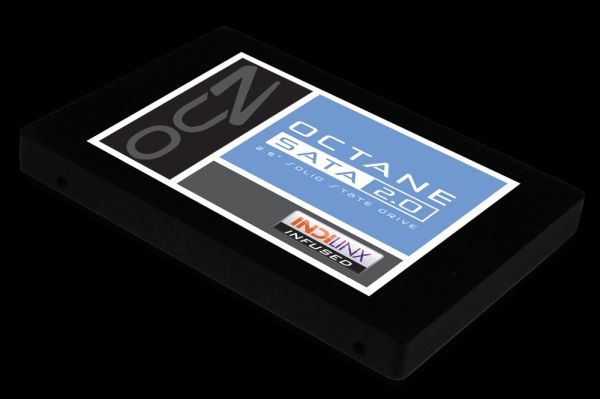


 Quote
Quote
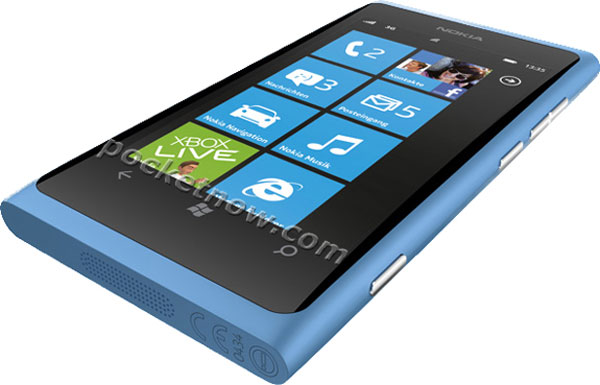
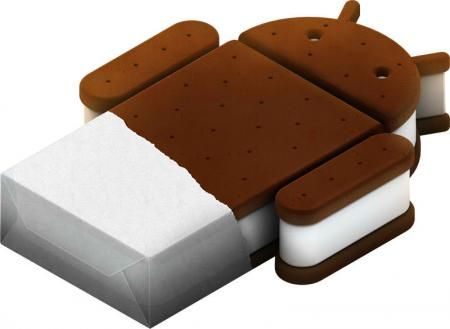

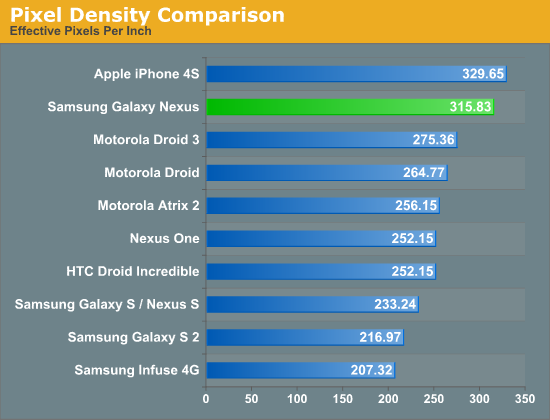
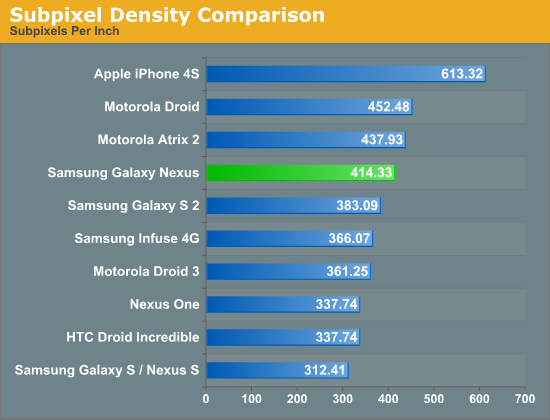
_575px.jpg)
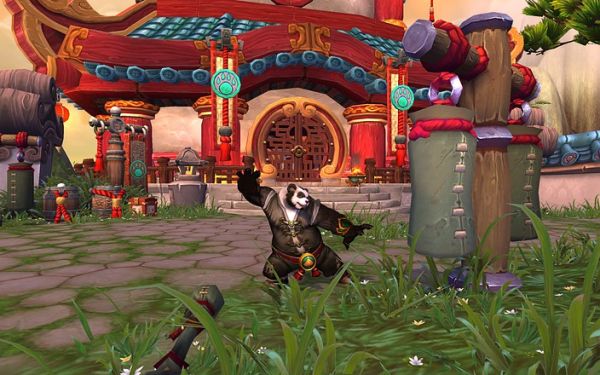
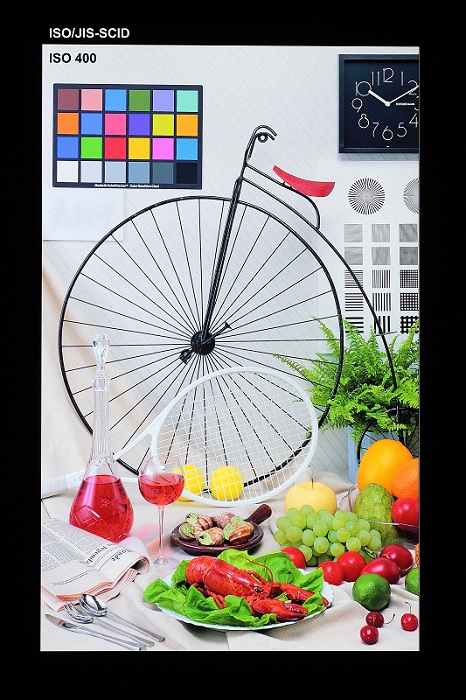

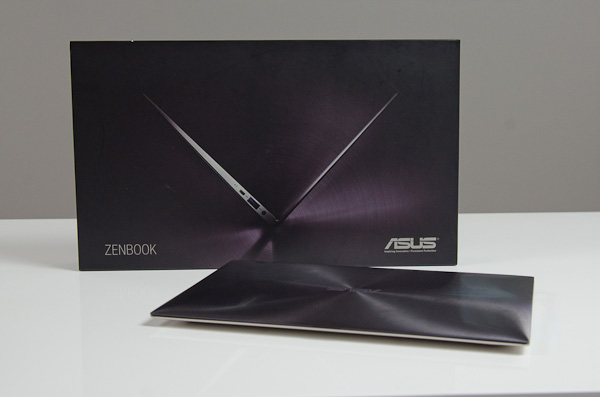
















Bookmarks